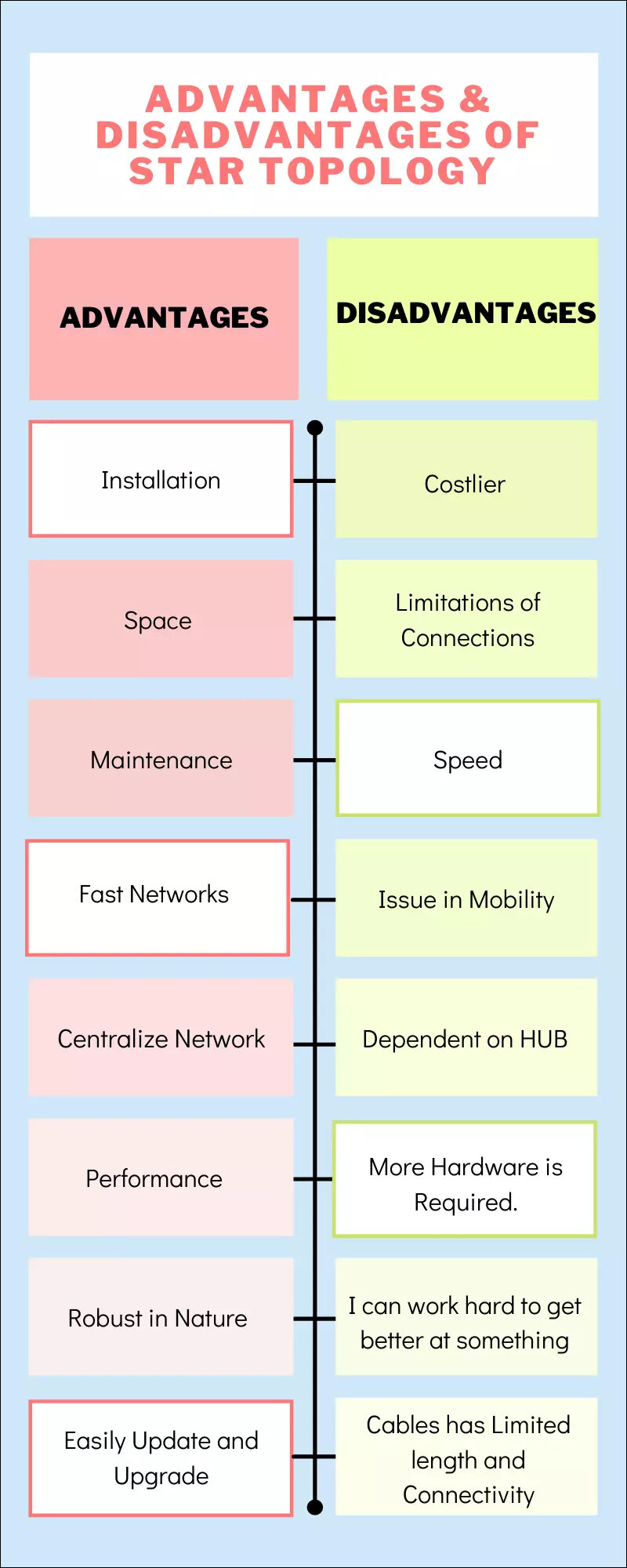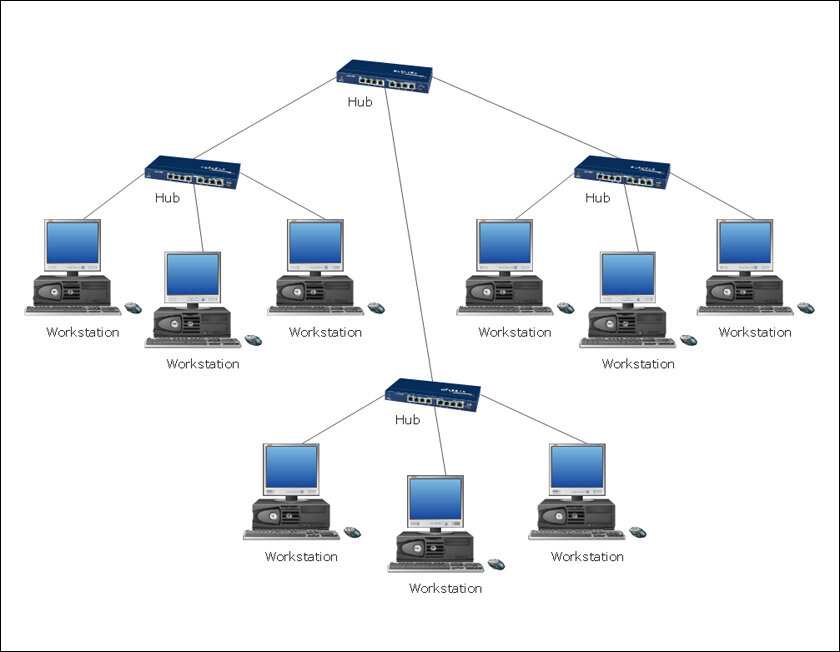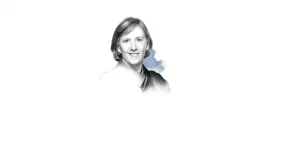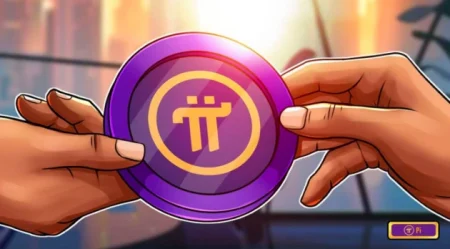With the Internet of Things still running things years after its ‘discovery’, it’s safe to say that the star topology, despite its concern areas, is here to stay.
Computer networks are a critical part of modern-day communication, and one of its most critical components is topology. Topology is defined by how devices are interconnected in the world of computer networks, and there is a wide variety of topologies that allow the connected devices to communicate with one another effectively. One of the most typical network configurations is a star topology, or star network. In this network, every connection point and device is connected to a central hub, thus helping simplify network troubleshooting and maintenance. Moreover, they also allow for efficient and reliable connections between several machines. In this article, we will not only introduce star topology but also delve into its characteristics, what makes it so reliable, as well as the challenges associated with it.

Understanding star topology and its components
Star topology is a network where all the peripheral nodes, like printers, servers, computers, etc., are directly connected to a central node, which is the switch or the hub. That is how the name is derived, as the network structure resembles a star, with a hub at the centre and peripheral nodes extending outwards like rays, with the hub being responsible for transmitting data. So, when one node wants to transmit data to another, the data is first transmitted to the central node, after which it transfers the data to all the network nodes. When the node receives the data, it first checks for the destination address and if it matches the data. Only then is the data accepted, otherwise it is rejected.

Benefits
- Better mistake tolerance: When a single node in a star topology suffers from a broken cable or a NIC failure, it is just that single node that is impacted. Hence, there is increased network resilience.
- Wide range of devices and applications: A star topology allows users to connect using many types of devices. Additionally, this network is an excellent choice for an enterprise network for its range of applications, especially if there is a switch/hub. In fact, many companies even connect PCs to various printers and other stations using this very same topology.
- Scalability: Adding a new device to the network is very easy. All you need is a cable to connect the new device to the central core. Using this network allows organizations to grow their network easily, maintain production levels, as well as replace broken components easily.

- Avoiding data collision: This topology reduces the likelihood of data collisions since every node is connected to the central core through its own cable. Moreover, the network even can avoid bottlenecks by handling data collisions, thus resulting in high-performance levels as compared to other network topologies.
- Deploying multiple strategies: One of the greatest advantages of star topologies is that there are many ways to deploy them. Star topologies can be employed using a switch, a passive hub, or an active hub, each of which has its own benefits. For instance, passive hubs do not require modification time of data packets and signals move throughout sans any interruption. Active hubs, on the other hand, can perform additional tasks, allowing them to also serve as repeaters, besides their essential core abilities.

Challenges
Star topologies aren’t without their drawbacks and challenges. Here are some of their most critical ones:
- Critical core failures: Since the switch/hub at the centre is the most crucial node in the network, it also controls the whole system. So, if the central core malfunctions, then the entire system is affected, making the entire network inaccessible. Hence, organizations might need to replace the hub entirely in case of a system breakdown.
- Expensive: There is no doubt that the installation and extension of a star topology network is quite expensive since it requires cabling for the devices or systems. In fact, it is the fact that the entire architecture requires more switches, hubs, cables, and connections is what that makes it so expensive. Additionally, the greater the number of star networks there are, the more central cores are needed, thus driving up installation costs. Moreover, it also introduces some vulnerabilities in the case of some designs.
- Damage-prone cables: Last, but not least, wires/cables in the topology could get damaged as they have to pass through many obstructions, floors, and walls to reach the target workstations. They are also vulnerable to wildlife, weather patterns, etc. That said, enclosing them in a protective barrier will help solve these issues to a large extent.
With the Internet of Things still running things years after its ‘discovery’, it’s safe to say that the star topology, despite its concern areas, is here to stay. There is no denying that it allows for faster communication times, thus streamlining the entire process. Albeit more expensive, it greatly improves network connectivity and speeds up the time required for finding problem areas, leading to cost savings. Furthermore, it provides organizations with additional versatility and they need not worry about their devices talking with each other either, making it a safe channel for sending data packets.
In case you missed:
- Multiplexing in Networking: An Overview
- Enterprise Network Transformation: Benefits and Challenges
- IoT and its role in energy transition
- Re-examining Cybersecurity through Blockchain
- Guiding Light: How Photonics is Revolutionising Data Centres
- All About Attack Surface Management
- All About Privacy-Enhancing Technologies (PETS)
- Cloud Gaming: A New Era in Gaming
- Edera: An All-Women Startup Revolutionising Cloud And AI Infrastructure Security
- Everything you need to know about Pi Network









